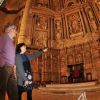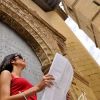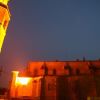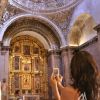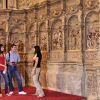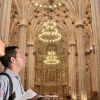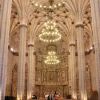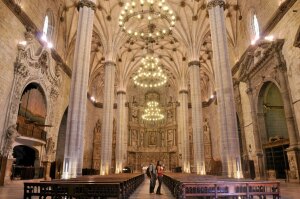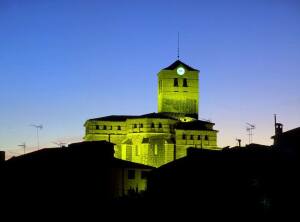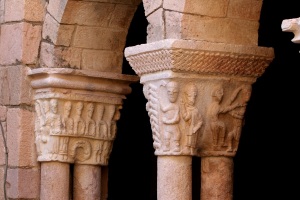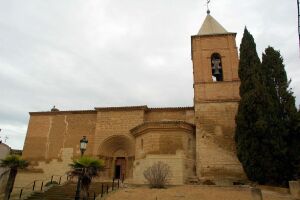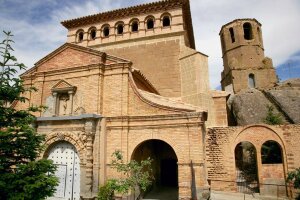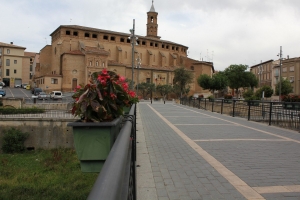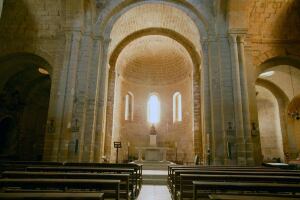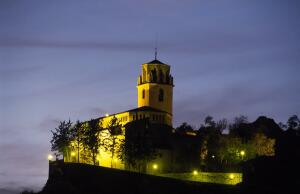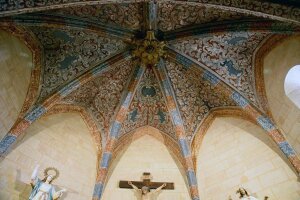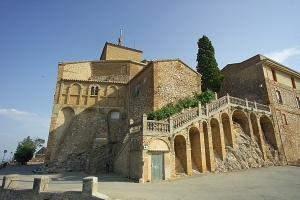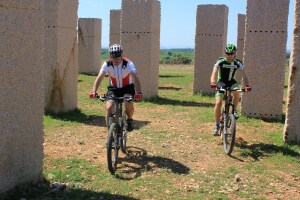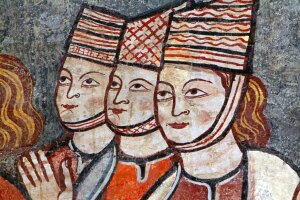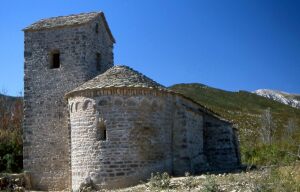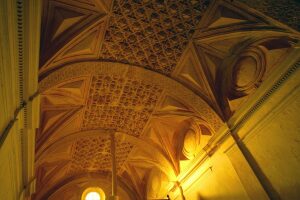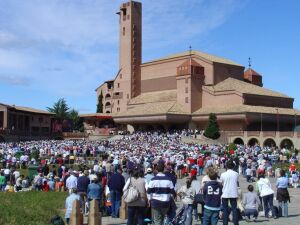The site of the current cathedral has been a sacred place since at least the 10th century as it was the location of a large mosque at that time. When the Muslim city of Barbastro, capital of Barbitaniya, fell into the hands of the Christian army, the mosque was consecrated as a church and the episcopal see (5th May 1101.)
A church was later built on the same site but was in ruins by the start of the 16th century. In addition, that particular church had been too small for the population of a growing city, which had already reached 3,000 people. To the people of the time, the church must have seemed old, small, dark and gloomy.
However, the definitive push to build the current temple was born of a strong desire to re-establish the city as the espiscopal see, a privilege it had lost in the Middle Ages. This would increase its political, religious, cultural and economic importance and so a building worthy of the role was essential.
The ambitious project far exceeded the capacity of the municipal treasury and so it had to resort to arranging loans, obtaining papal proclamations and indulgences and collecting donations. Despite these difficulties, the result was magnificent and the effort put into the building of the church filled the citizens with pride.
The religious policy of Felipe II favoured the aspirations of the Barbastro people. Mistrustful of the advance of Protestants from the south of France, he had the idea of establishing two new bishoprics (Barbastro and Jaca) to act as an ideological barrier capable of containing the advance of the heresy to this side of the Pyrenees. Finally in 1571, Barbastro recovered the role of episcopal see.
The large building has a basilical layout; the three naves are all of the same height creating a unified and diaphanous interior that is both balanced and majestic. The ribs of the vaulted ceilings are decorated with 485 magnificent polychromed and gilded wooden roses, which give the appearance of a starry sky. They drop down onto slender pillars, 15 metres high, each one of which is decorated with the crest of the City of Barbastro, the sponsor of the project.
Three master builders oversaw the building of the cathedral. Luis de Santa Cruz is attributed with the demolition of the previous church, the design of the new building and the start of the work. Juan de Sariñena was responsible for putting up the main body of the temple and raising the pillars as high as the capitals. Finally, Juan de Segura finished the building with the addition of the ribbed vaults and also oversaw the interior décor.
Once finished, the commission of a grand altarpiece was made, which was eventually to be completed in two phases with a break of approximately forty years between them.
The polychromed alabaster base (1538 to 1560) was created by the best Aragonese sculptor of the renaissance period, Damian Forment. Upon his death, his disciple, Juan de Liceire completed the work.
It presents an abundance of rich Roman-style decoration featuring the classic motifs of the past; fighting centaurs, naked bold females and “putti.” The placing of the crest of Barbastro, in praise of the church’s sponsors, and the choice of including the figures of Ramón and Poncio, bishops of Barbastro, was a reflection of political support for the restoration of the episcopal see, which had given impulse to its construction. One medallion shows the busts of Liceire and his wife, highlighting a particular feature of the Renaissance period; the supremacy of intellect over manual labour as shown in the work of true artists.
The higher figures were carved from wood and covered with white lacquer and gilt in the Spanish romanista style. (1600 and 1602) The relief work was created by Pedro de Armendia and Pedro Martínez of Calatayud and Juan Miguel Orliens were the sculptors. The typology is that of the “exhibition altarpiece” as it had a large oculus high above the altar where the sacramental bread was on display at all times.
New chapels were added to enrich the cathedral from the 17th century onwards. Those at the west end of the building are particularly noteworthy as they reveal décor from the 18th century Baroque era. The overall artistic effect was always taken into consideration so that sculpture integrated well with architecture.
The baroque décor of the chapel of Santo Cristo de los Milagros (1707) is theatrical in style and presents an iconographic programme relating to the death of Christ.
The entrance to the chapel of San Carlos Borromeo (1740) displays a pleasing décor more similar to that of the rococo era. The intense light that penetrates the dome would have been reflected in the gold finish of the magnificent altarpiece in its day but is no longer visible.
The tower stands apart, to the north of the east end. It is thought that this may be due to the fact that the minaret of the old mosque may have been used as the original bell tower. Towards the end of the 13th century and into the start of the 14th century, this minaret was replaced by a medieval tower, part of which can still be seen. (as far as the second moulding).
In 1610, Pedro de Ruesta renovated the most damaged parts of the medieval structure and added ashlars to the outside and brickwork on the inside to create an internal tower. The reconstruction of the spire in the 18th century gave the tower its final and current appearance.
The sound of its bells has rousted the city into action and called the citizens to prayer as well as being used for a variety of civil and religious functions. It has also acted as a watch tower and refuge on many occasions.



